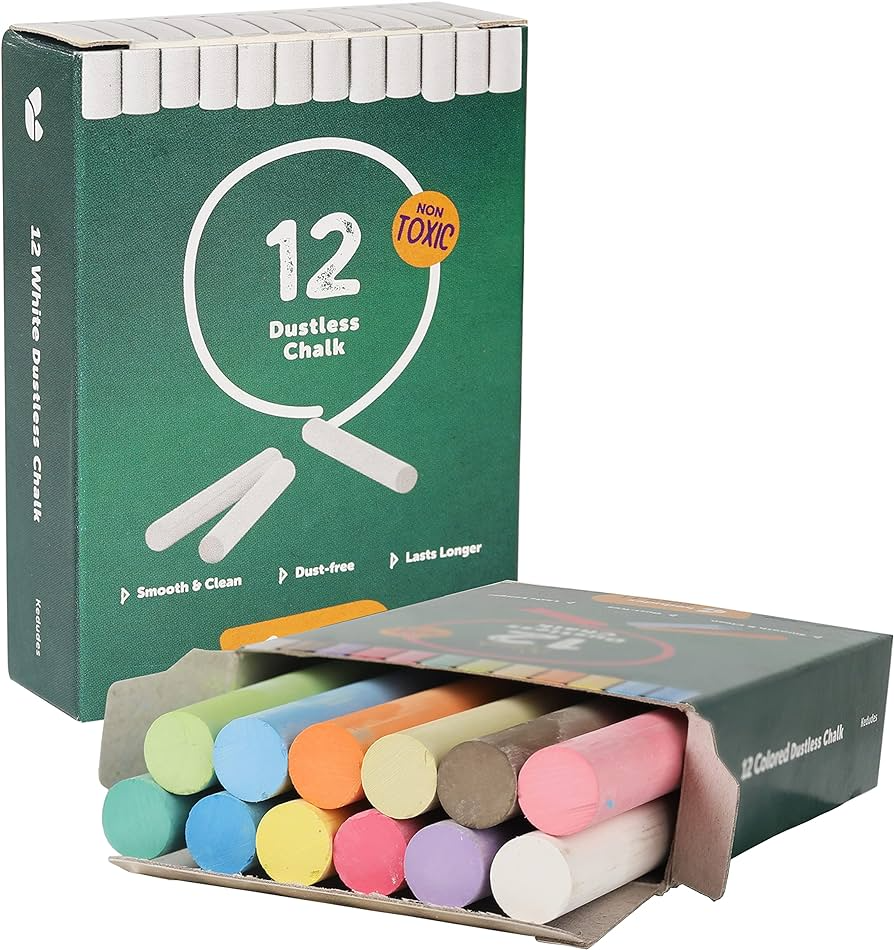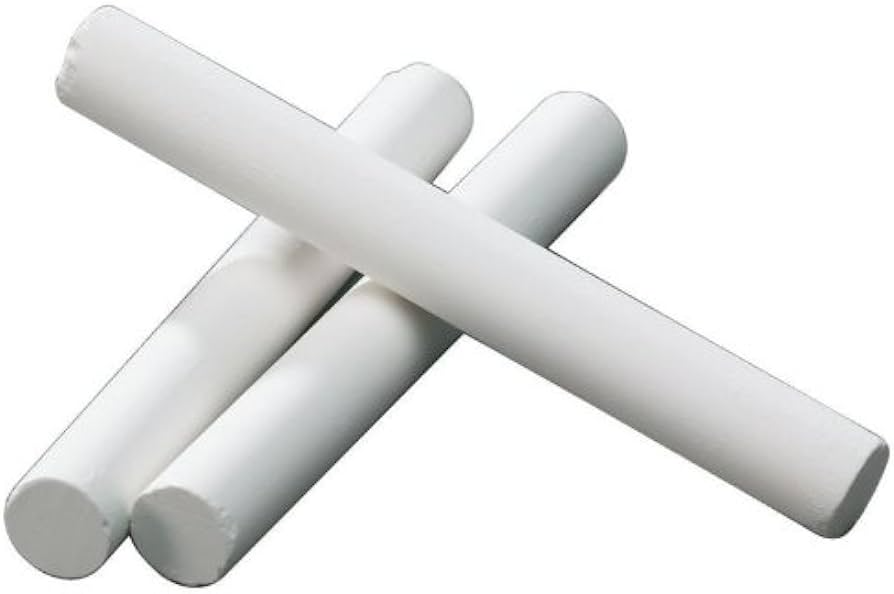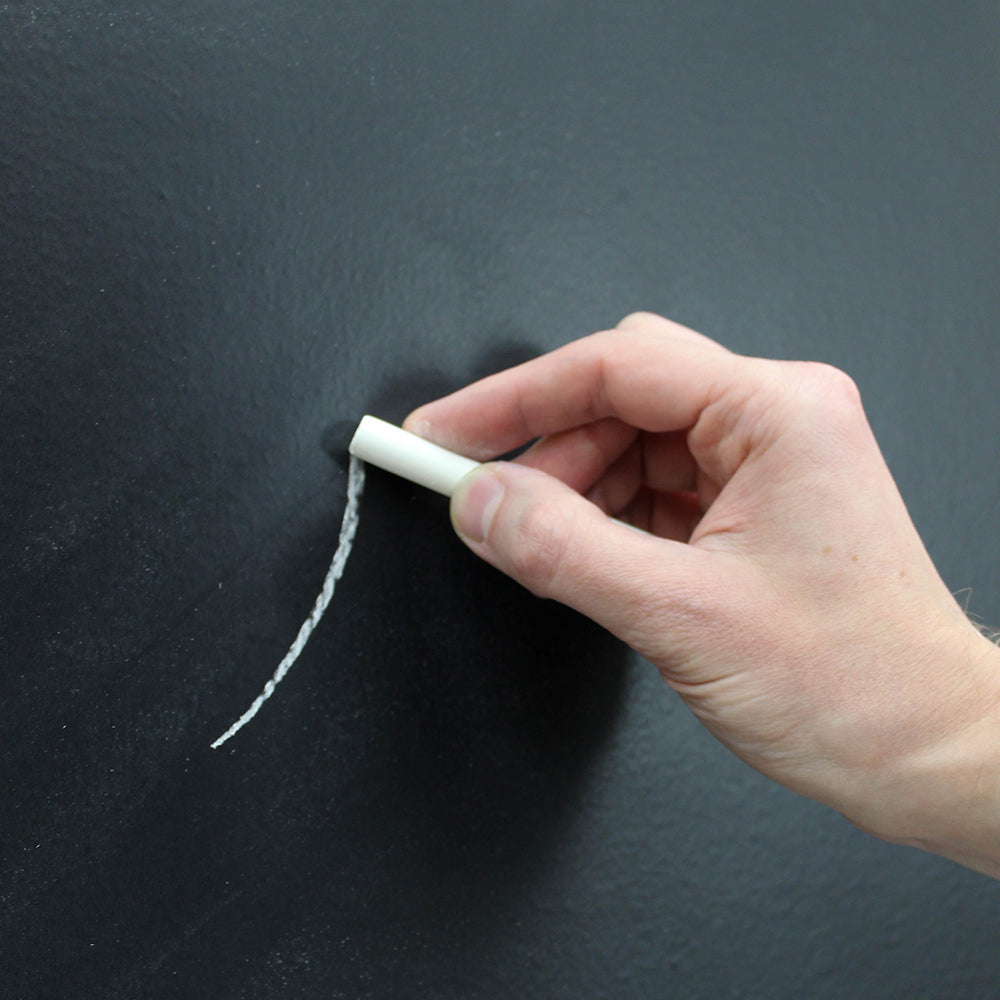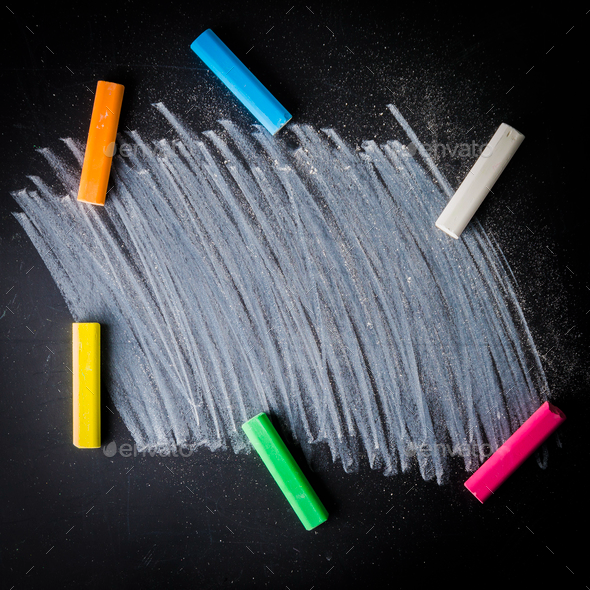Introduction to Chalk for Chalkboards
Chalk for chalkboards has stood the test of time. It has been a reliable medium for communication and artistic expression for centuries. The simplicity and effectiveness of chalk on a chalkboard make it an enduring tool in classrooms, businesses, and homes. Despite the advent of digital technology, the classic chalk and chalkboard combination remains significant and widely appreciated.
The tactile experience of using chalk is unique. When you drag a piece of chalk across the surface of a chalkboard, it leaves a line that is easily visible and easily erasable. This dual characteristic makes it an ideal tool for teaching, brainstorming, and creative exploration. Additionally, chalkboards provide a surface that encourages repeated use without significant wear and tear.
Chalk comes in various types and colors, each catering to different needs and preferences. The flexibility in color choices allows users to create visually appealing and informative content. Chalk also leaves a clean finish as it does not penetrate the surface, making cleanup simple and efficient.
The eco-friendly nature of chalk adds another layer to its appeal. Made from natural materials like limestone, chalk is biodegradable and does not pose an environmental threat. The dust produced by chalk typically settles quickly and is considered non-toxic, making it safe for use in a variety of settings.
Types of Chalk for Chalkboards
Chalk, despite its simple appearance, comes in different types, each suited for specific uses. The most common types include traditional white chalk, colored chalk, and dustless chalk. Understanding these varieties can help you choose the right chalk for your needs.
Traditional white chalk is the most commonly used type. It provides a clear and contrasting mark on dark surfaces, making it especially effective on standard black or green chalkboards. White chalk is ideal for writing and drawing in environments where visibility is paramount.
Colored chalk offers more versatility. Artists and educators use colored chalk to enhance visual interest and convey complex information more effectively. For instance, color-coding can help differentiate between different sets of data or highlight specific points in a presentation.
Dustless chalk is a modern variation designed to reduce the particles released into the air during use. While all chalk creates some dust, dustless chalk minimizes this issue, providing a cleaner and less allergenic option. This type of chalk is particularly beneficial in classrooms and other indoor environments where air quality is a concern.
Benefits of Using Chalk for Chalkboards
Chalk for chalkboards offers several distinct advantages. Firstly, it is highly affordable. A box of chalk costs significantly less than other writing tools, such as markers or pens. Its cost-effectiveness makes it accessible for widespread use in educational and professional settings.
Secondly, chalkboards paired with chalk are reusable. Chalk marks can be easily wiped off with a damp cloth or an eraser, allowing the surface to be used repeatedly without degradation. This reusability translates into long-term savings and environmental benefits.
Another merit is the tactile feedback that chalk provides. Writing with chalk involves light pressure and movement, offering a sensory experience that many people find satisfying and engaging. This tactile interaction can enhance learning and memory retention, making it an effective tool in educational settings.
Chalk also promotes creativity. Artists and designers appreciate the ease with which they can manipulate chalk to create fine lines, bold strokes, and shading. The temporary nature of chalk marks allows for continual revisions and experimentation without fear of permanent mistakes.
Chalk and Education
Chalkboards and chalk have long been cornerstones of education. Teachers use chalk to illustrate complex concepts in understandable ways. The ability to quickly sketch diagrams, equations, and notes facilitates active learning and engagement among students.
The classroom environment benefits from the adaptability of chalk. Educators can easily and swiftly erase and update information as lessons progress. This dynamic flexibility supports interactive teaching methods and keeps students engaged.

Chalk is gentle on the eyes, too. Unlike the harsh glare of digital screens, the soft contrast of chalk on a blackboard reduces eye strain and benefits students who spend long hours in class. This gentleness enhances the overall learning experience.
Chalkboards also foster a collaborative learning atmosphere. Group activities and discussions often revolve around the chalkboard, which acts as a central point for collective knowledge sharing. This collaborative interaction enriches the educational process and promotes teamwork among students.
Parents and home educators commonly use chalkboards and chalk in homeschooling environments. They appreciate the simplicity and effectiveness of these tools for teaching young children foundational skills, from arithmetic to handwriting. The visual and kinesthetic feedback provided by chalk aids in comprehension and retention.
Chalk in Professional Settings
Chalkboards are not limited to classrooms; they hold significant value in professional environments as well. Businesses use chalkboards for meetings, brainstorming sessions, and collaborative projects. The ability to write, erase, and rewrite fosters a dynamic and interactive working atmosphere.
Restaurants and cafés often use chalkboards to display menus and daily specials. The rustic and artistic look of chalk on a board adds a charming, personalized touch that appeals to customers. Changing menu items is swift and straightforward, allowing for adaptability and creativity.
In offices, chalkboards can be used for project management and planning. Visual timelines, task lists, and charts drawn with chalk provide a clear and changeable overview of ongoing projects. This flexibility supports efficient workflow management and helps teams stay organized.
The non-permanent nature of chalk makes it ideal for temporary or evolving messages. Event planners, for instance, use chalkboards for signage that can be easily updated or adjusted as needed. The ease of alteration ensures that information remains relevant and up-to-date.
Chalk Art and Creative Uses
Chalk is not confined to pragmatic uses; it has a flourishing role in art and creativity as well. Chalk art, or chalk lettering, is a popular form of expression. Artists use chalk’s malleability to create intricate designs, murals, and lettering that captivate and inspire.
Seasonal decorations are another area where chalk shines. During holidays or special events, homeowners and decorators use chalk to craft thematic messages and images. Chalk’s erasability makes it perfect for temporary artwork that can change with the seasons.
Wedding planners frequently employ chalkboards to create unique signage and decorative elements. From welcome signs to seating charts, chalk adds a personal touch that resonates with guests. The handcrafted look of chalk art contributes to the overall charm and ambiance of the event.
Street art also embraces chalk. Artists often prefer chalk for its vibrancy and impermanence. Chalk drawings on sidewalks and public spaces captivate passersby with their creativity and spontaneity. This ephemeral art form allows for continual renewal and innovation.
Choosing the Right Chalk
Selecting the appropriate chalk for your needs involves considering several factors. First, the type of chalk is important. Decide whether traditional, colored, or dustless chalk best suits your requirements. Each type has its advantages and specific applications.

Next, consider the quality of the chalk. High-quality chalk produces consistent marks and is less likely to break during use. Investing in good quality chalk ensures a smoother writing or drawing experience and reduces waste.
The size and shape of the chalk pieces are also worth noting. Smaller pieces are suitable for detailed work, while larger sticks are better for bolder designs and longer writing sessions. Ergonomic shapes can make holding the chalk more comfortable, especially for extended use.
Color choice plays a significant role in the visibility and aesthetic of your chalk work. White chalk provides the best contrast on dark boards, while colored chalk can add visual interest and help organize information by category or priority.
Maintaining Your Chalkboard
To get the best performance out of your chalk and chalkboard, it’s essential to maintain them properly. Start by cleaning the chalkboard regularly. Use a soft, damp cloth to wipe the surface, followed by a dry cloth to remove any remaining residue. This routine cleaning prevents chalk dust from accumulating, which can affect the clarity of future markings.
Avoid using harsh chemicals or abrasive materials on the chalkboard as they can damage the surface. Gentle cleaning solutions specifically designed for chalkboards are recommended. These products clean without leaving a residue that might interfere with the performance of the chalk.
Periodically, condition the chalkboard with a chalkboard conditioner to maintain its smooth surface and prolong its life. Conditioning helps fill in any minor scratches and keeps the board receptive to chalk, ensuring that markings remain clear and vibrant.
Store chalk in a dry place to preserve its quality. Moisture can cause chalk to deteriorate and lose its effectiveness. If possible, use a chalk holder or keeper to protect the chalk from breaking and to keep it organized for easy access.
Chalk and the Environment
Chalk’s composition, mainly calcium carbonate, makes it an eco-friendly choice. It is a naturally occurring substance, biodegradable, and non-toxic. Chalk production involves minimal processing, reducing its environmental footprint compared to other synthetic writing tools.
Traditional chalk does generate dust, but dustless varieties are designed to minimize this issue. Although tiny particles are inevitable, they settle quickly and are less likely to pose an inhalation hazard compared to other forms of particulate matter.
Additionally, using chalkboards reduces paper waste. The reusability of a chalkboard means that notes and drawings can be continuously updated without the need for disposable media. This aspect contributes to sustainability efforts in both educational and professional environments.

Consumers can further minimize environmental impact by choosing high-quality, long-lasting chalk. Good quality chalk produces less waste and provides a better user experience. Supporting brands that prioritize sustainable practices in their production process is another way to make environmentally responsible choices.
Conclusion
Chalk for chalkboards remains a timeless and versatile tool. Its affordability, ease of use, and eco-friendly nature make it applicable in multiple settings, from classrooms and offices to homes and art spaces. Whether you’re educating, creating, or organizing, chalk provides a simple yet effective medium for expression and communication.
Understanding the different types of chalk and their specific applications can help you make an informed choice, ensuring that you get the best results for your needs. Proper maintenance of both chalk and chalkboards will ensure longevity and optimal performance, enhancing your experience and prolonging the life of your tools.
In an increasingly digital world, the tactile, interactive, and creative value of chalk for chalkboards continues to hold relevance, proving that sometimes, traditional methods are irreplaceable. So pick up a piece of chalk, let your creativity flow, and embrace the timeless charm of this enduring tool.


